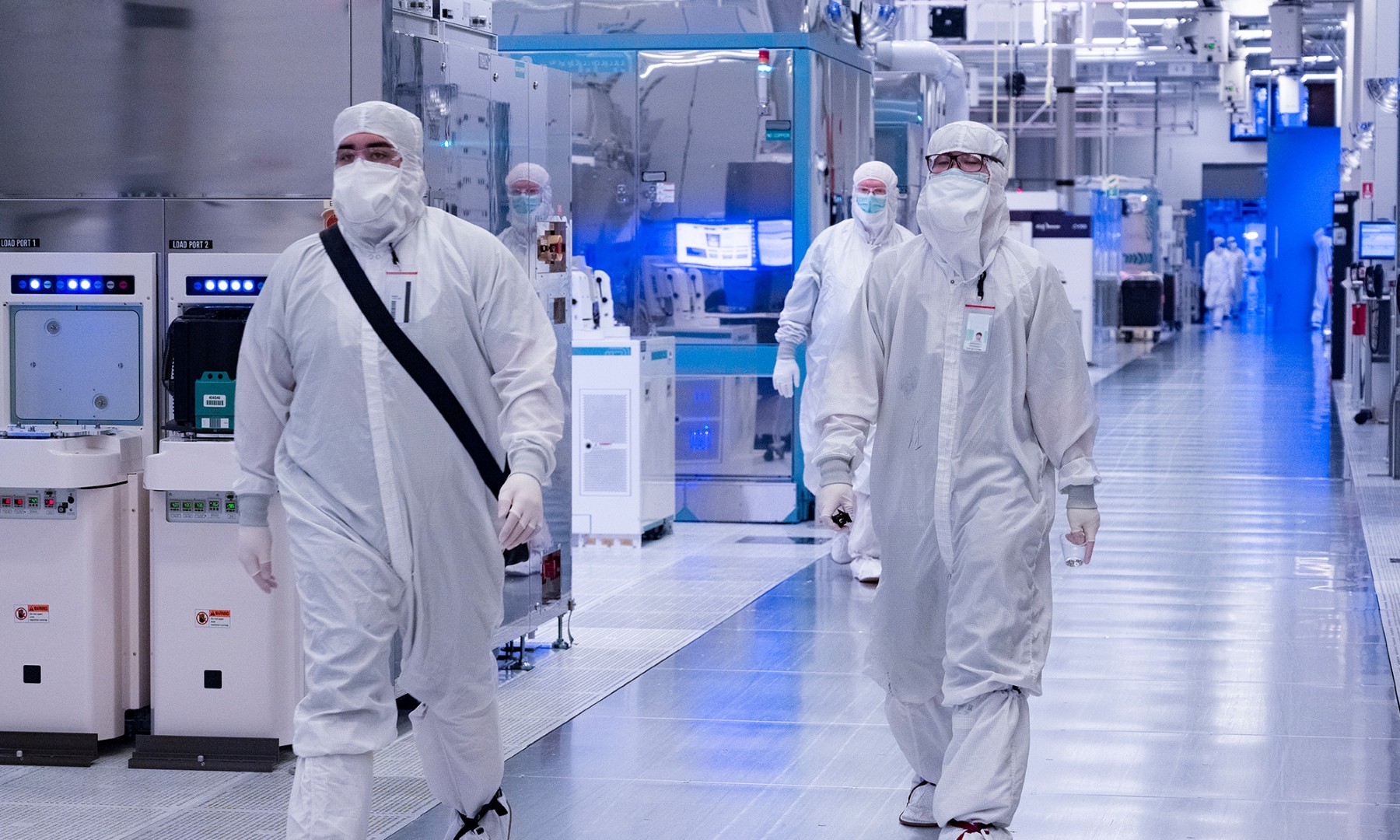At Intel's (INTC 3.57%) financial analyst day back in February of this year, company executives refused to commit to a long-term operating profit percentage target.
The reasoning behind that, in Intel CEO Brian Krzanich's own words, was as follows:
When you think about putting a profitability versus a growth or a margin in an existing business, you run the risk of limiting investment. And I believe that Intel needs to make -- there's big transitions going on in the industry right now. If we don't hit 5G now -- I believe, actually, over the next 18 months -- we'll not be in a leadership position, for example. And we need to invest in 5G. Our rack-scale design architecture -- we have an opportunity to really transition how the data center is architected, and how it's operated on a day-to-day basis. If we put out operational margin aspirational goals, I worry, will we take away from those investments that are going to be long-term growth? So, I'm more about top and bottom line growth than just necessarily targeting the operating margin.
Krzanich's commentary seems reasonable enough, but now look at what Intel told investors a couple months after this, "We are establishing a spending target of 30% of revenue, which we expect to reach no later than 2020."
The company didn't explicitly set an operating margin target (operating margin also depends on the company's gross profit margins), but it is essentially putting a cap on its operating expenses over the next several years (since that spending as a percentage of revenue target naturally includes some assumptions around revenue).

Image source: Intel.
In other words, Intel did exactly what management had indicated just a couple of months ago that it didn't want to do.
In this column, I'd like to offer my thoughts on the following two things:
- Why Intel caved in and set such a target; and
- Why setting such a target might be a serious mistake for the company.
Here's why Intel caved
I think Intel came out and publicly announced this operating expense target because of investor pressure. Management teams of publicly traded companies have incentives to try to increase their respective companies' stock price.
For example, many companies tie executives' compensation plans to the total shareholder return (or TSR) that their stocks deliver (this includes share price appreciation, as well as dividends). The higher a company's TSR is relative to what other comparable companies (and/or relevant market indices) deliver to their stockholders, the fatter those executives' bonuses/compensation packages can be.
I suspect that when Intel told shareholders in February that it's not going to set a near-to-medium term operating expense as a percentage of revenue goal, some of Intel's major stockholders weren't too pleased with that.
So, to try to keep investors onboard and to buoy the stock price, I suspect that Intel decided to "cave in" to investor demands.
Here's why this might be a problem
Intel spends a lot on marketing and research and development -- you'd be hard pressed to find a chip company that spends anywhere close to what Intel does on either front.
However, while Intel spends far more than most of its peers in the chip industry, Intel invests in a much broader set of products, technologies, and markets than most of its peers in the chip industry.
For some context, here are just some of the obvious "big picture" areas in which Intel invests:
- Leading-edge chip manufacturing technology
- CPU cores
- Graphics processors and related software
- Cellular modems
- Wi-Fi/Bluetooth connectivity
- Chip designs integrating the company's core technologies aimed at a wide range of markets and product categories
- Software compilers
- Data center connectivity technologies (Ethernet, Omni-Path, etc.)
- FPGAs
- Memory technology (NAND flash, 3D XPoint, etc.)
- Personal computer reference designs
- Data center system designs
There's bound to be quite a lot of stuff that I've missed, but the point is that Intel works on a lot of stuff and it also invests heavily in marketing these products, supporting a wide range of customers, and so on.
The point is this: not only does Intel choose to invest in all of these technologies and products, but the markets for those technologies are competitive and are set to only get more competitive in the coming years.
If Intel wants to maintain or attain leadership positions across these different areas, then it needs to invest heavily.
Now, that's not to say that Intel should be wasteful in its spending; the company should continually strive to be as efficient as possible across its businesses.
But artificially capping potentially necessary spending to hit some operating expense target communicated to the investment community isn't an example of efficiency -- it's an example of shortsightedness.






